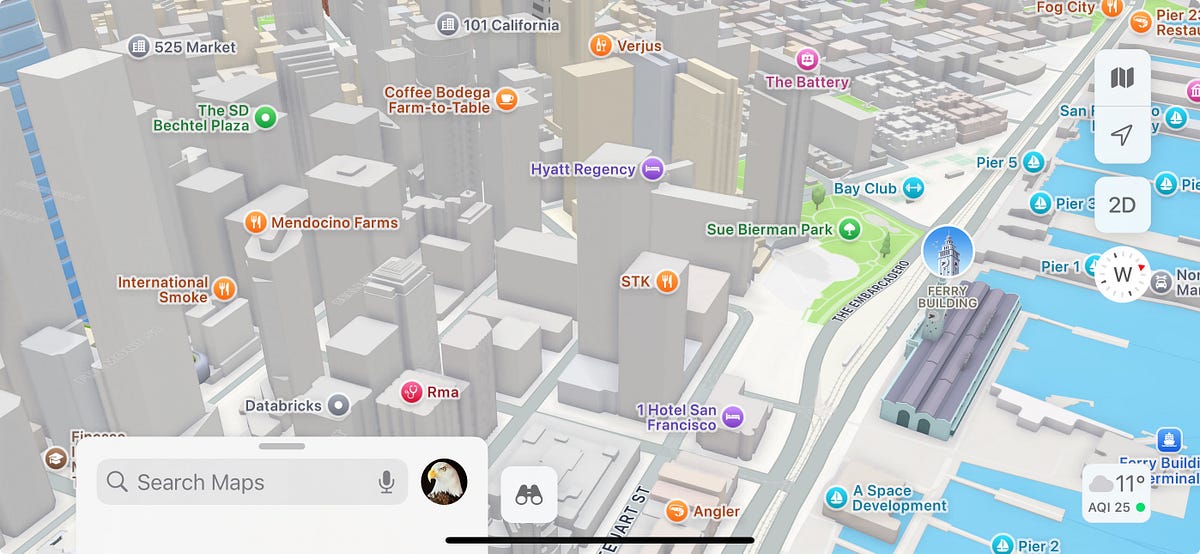As the founder of EarthScene, my exploration of mapping technologies has taken me through the evolution of digital cartography. Here’s what I’ve learned about the past, present, and future of map platforms.
Mapping technologies have undergone a profound transformation, evolving from simple static images to interactive tools that enhance our understanding of the world. My journey into the realm of map platforms has provided invaluable insights:
- Google Maps has dominated the landscape since its 2005 launch, processing over 25 million updates daily but also shifting to a usage-based pricing model that reshaped the developer environment.
- Apple Maps, once plagued with issues, has undergone a remarkable redemption and focuses on privacy while using extensive data collection methods, including a fleet of specialized vans.
- Alternatives like OpenStreetMap, Mapbox, MapLibre, and Leaflet offer flexibility and customization, catering to developers seeking independence from commercial options.
Key takeaways include the complexity of the mapping ecosystem and the value of combining multiple platforms for enhanced functionality. For EarthScene, I’m adopting a hybrid approach with OpenStreetMap data, ensuring scalability and flexibility.
Curious about the future of mapping technology? Dive into the full series and follow my journey as I navigate and build within this captivating field.
Read the full story for more details:
Continue reading

